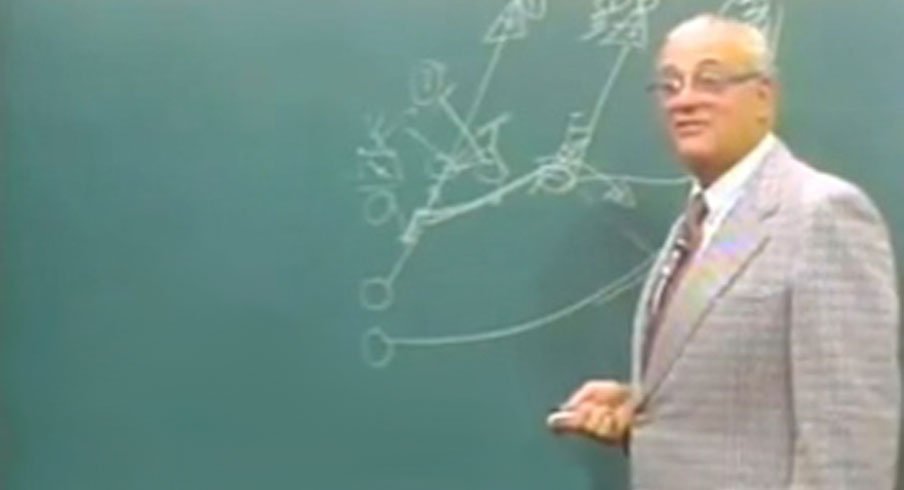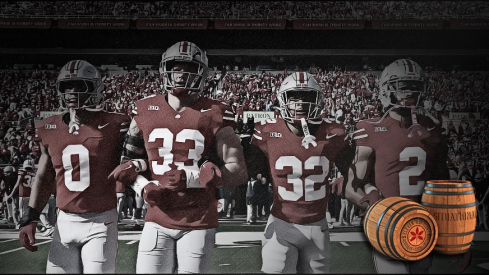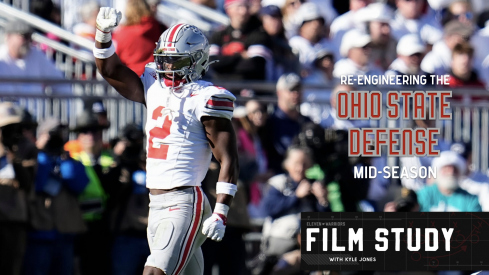In between continuing his run of success at Alabama, Nick Saban has generated notoriety for another reason – proposing rule changes in an attempt to slow down the ever-increasing use of no-huddle, up-tempo offenses.
While Saban's ten second proposal was tabled, the idea surely won't go away. And although Saban couches the concept as increasing player safety, there is no available evidence that up-tempo offenses increase risks.
What is undeniable that up-tempo, no huddle offenses limit what Saban wants to do with his defense. Nevertheless, although this style of football may not be Saban's favorite, he and other defensive coaches have begun to devise ways to address no-huddle offenses. And their method to do so is keeping things simple.
Goin' Backyard Style
College no-huddle offenses increasingly follow a similar framework. In a meshing of spread to run and air raid principles, these offenses generally utilize shotgun, spread formations with run-pass packaged plays. For instance, one favorite for Dana Holgorson and others (including Urban Meyer) is a zone read-stick package. The quarterback reads the backside defensive end and linebacker to determine whether to a) hand off to the running back on inside zone, or b) pull the football and throw a stick pass behind the linebacker playing run. Cal's Tony Franklin goes so far as to have every play contain a run-pass option.
This up-tempo, school yard style of play puts Saban and other defensive coaches in a bind. Saban's preferred style is to use situational and specialty packages. Saban utilizes a 3-4 defensive front in part because it allows for an assortment of blitz schemes. Similarly, Saban prefers combination coverages, utilizing pattern matching zone looks from cover 3 and cover 4.
But the no-huddle offense short circuits the plan. Specialty packages are not possible when the no-huddle limits substitution. And packaged plays take advantage of second level defenders such as linebackers and nickel defenders who have both pass and run responsibilities. To regain the arithmetic, advantage defenses will often cheat these defenders into the box against the run. Packaged plays punish defenses that overcommit to run action by pulling the ball and throwing short pass routes right into the areas vacated by those second level defenders.
Fighting Fire with Fire
To respond, defenses have had to adapt a backyard football mentality. The primary response is for the defense to strip down what it is doing and utilize cover 1 robber. As the name implies, cover 1 robber means that a defense plays man defense with two zone defenders – a deep, middle of the field safety, and an inside linebacker who plays the middle underneath zone.
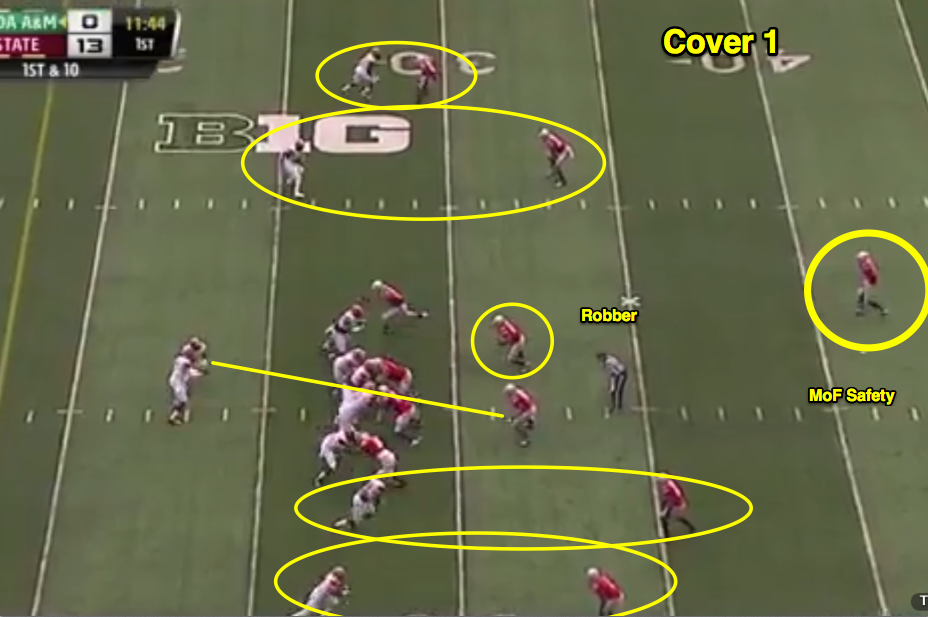
Cover 1's simplicity permits the defense to easily match multiple wide receivers and deal with packaged plays. Man coverage eliminates any conflict for defenders. As West Virginia corner coach Brian Mitchell stated, with zone the defender is in a run-pass conflict. If the defender bites on the run the offense will throw a pass behind him.
But with man, a defender is not pulled in two directions. He knows he is either a run defender or a pass defender. Defenders with man responsibility cover their assigned receiver. And the defense still has a middle linebacker in the box (the robber) to play the run or spy the quarterback.
Saban himself is increasingly deploying such tactics. For instance, against Johnny Manziel and Texas A & M this fall, Saban largely eschewed complication to utilize a 4-2-5 cover 1 nickel. C.J. Mosely operated as the robber in an attempt to account for Manziel as a runner.
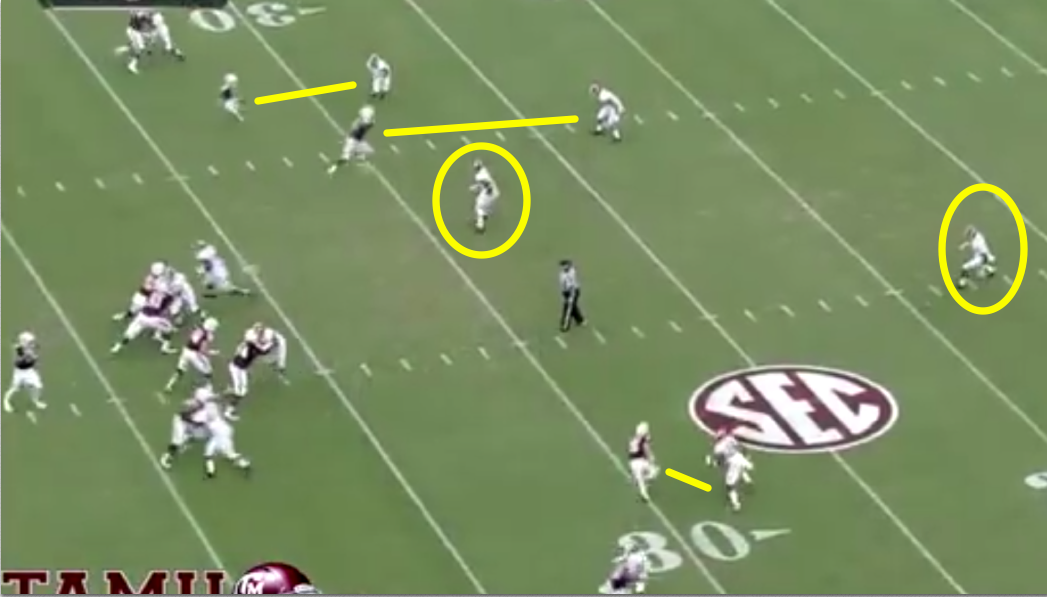
Action . . . Reaction
Defenses were able to slow down Holgorson's West Virginia offense and others with this basic plan, because they could eliminate easy yards from packaged plays. That is not to say the offense is without options. Five defenders are committed to man coverage, providing the offense fairly advantageous numbers to run the football. And man coverage self-evidently requires the defense have defenders with the ability to play man coverage across the field.
Yet the defensive plan forces offenses to have the personnel to win their individual matchups. What this stripped down defensive plan does is take away easy yards through confusion and force an offense to out talent the defense. And that should be something even Saban appreciates.
